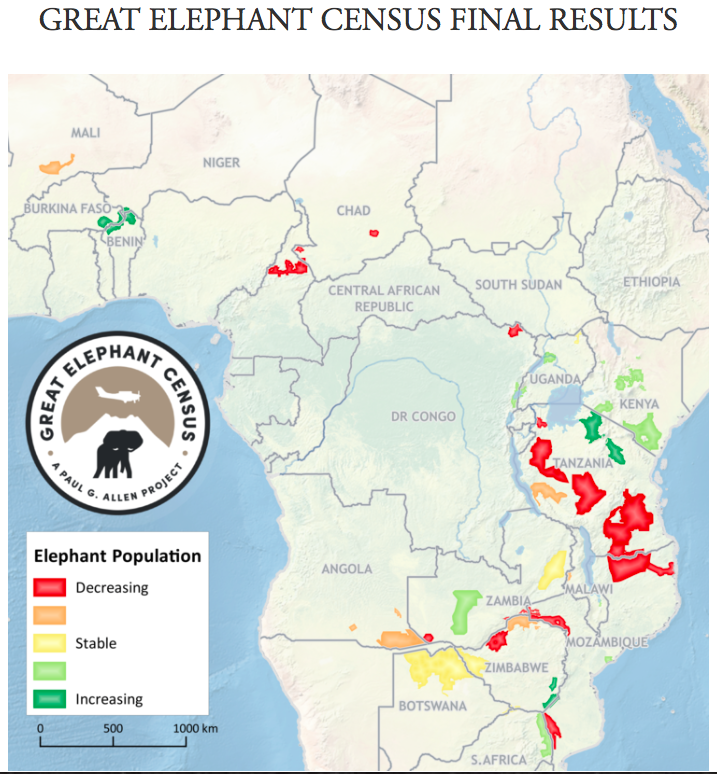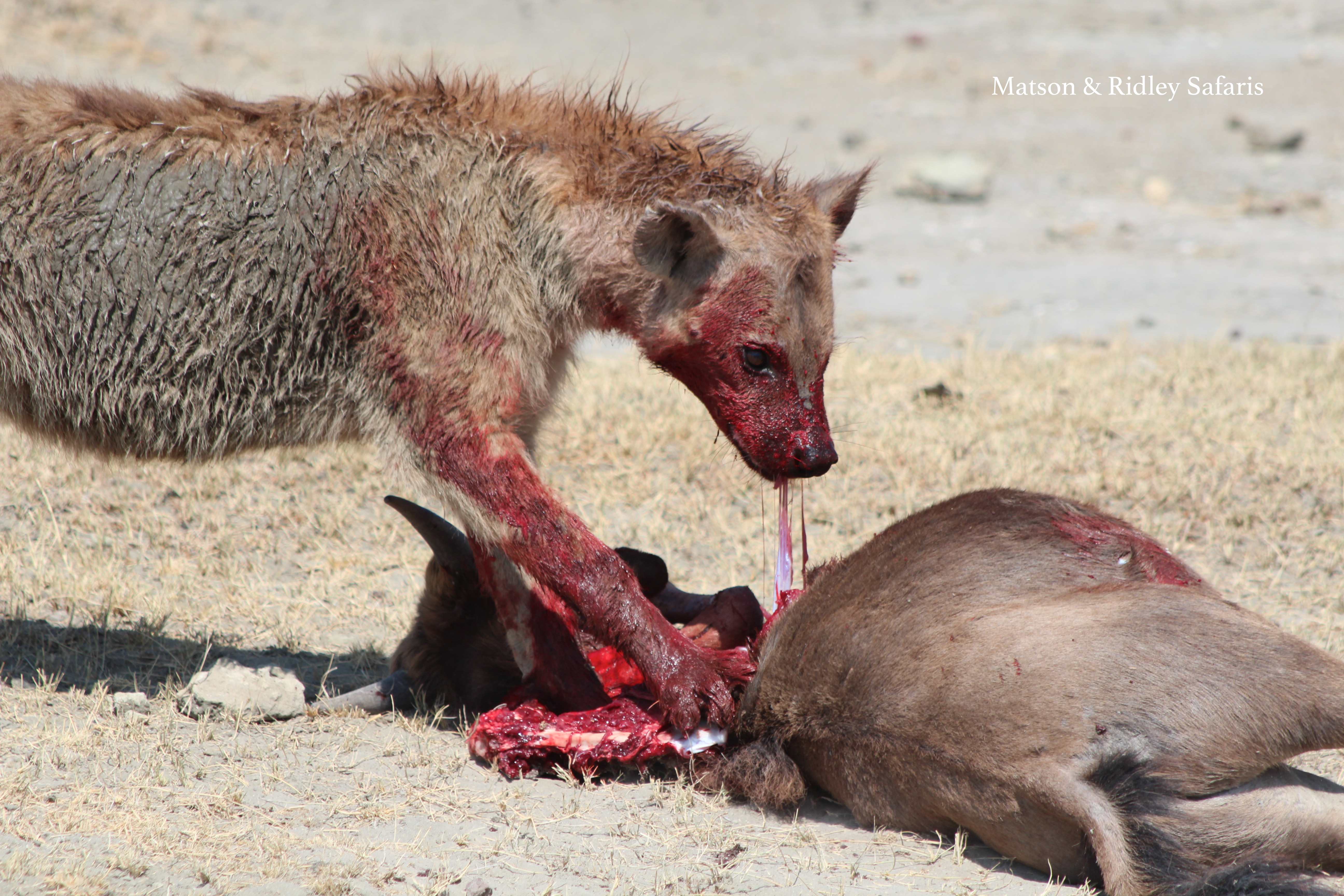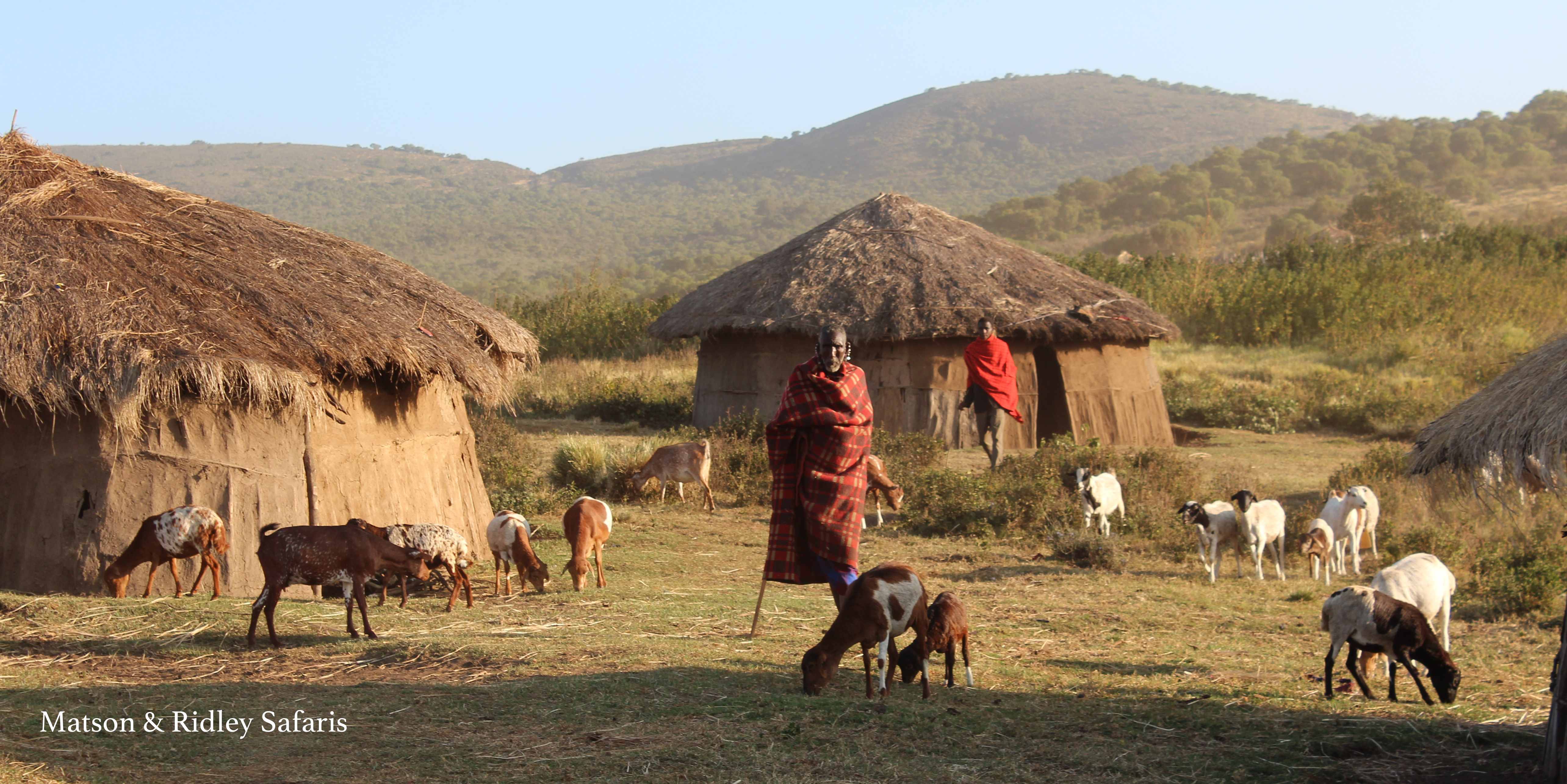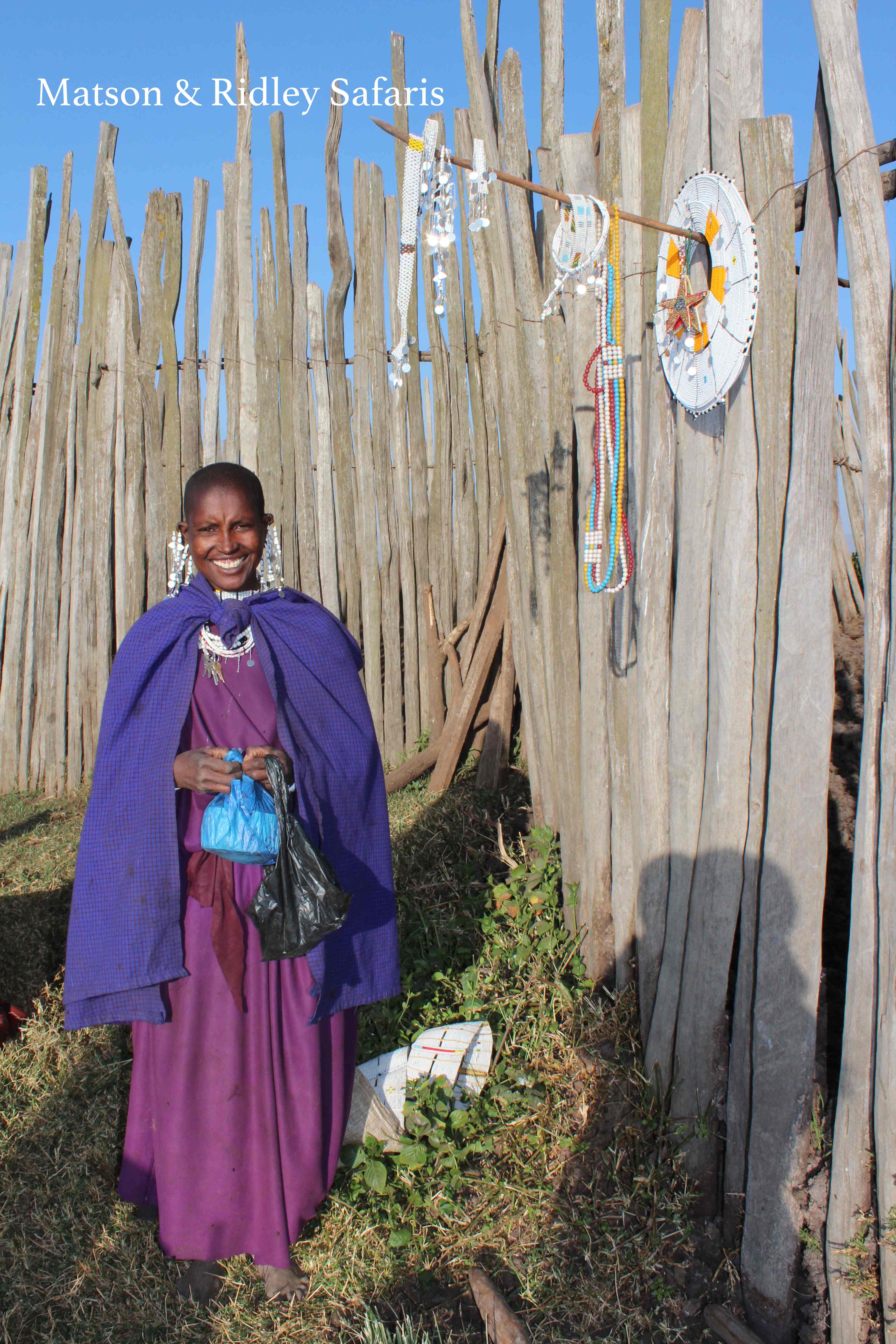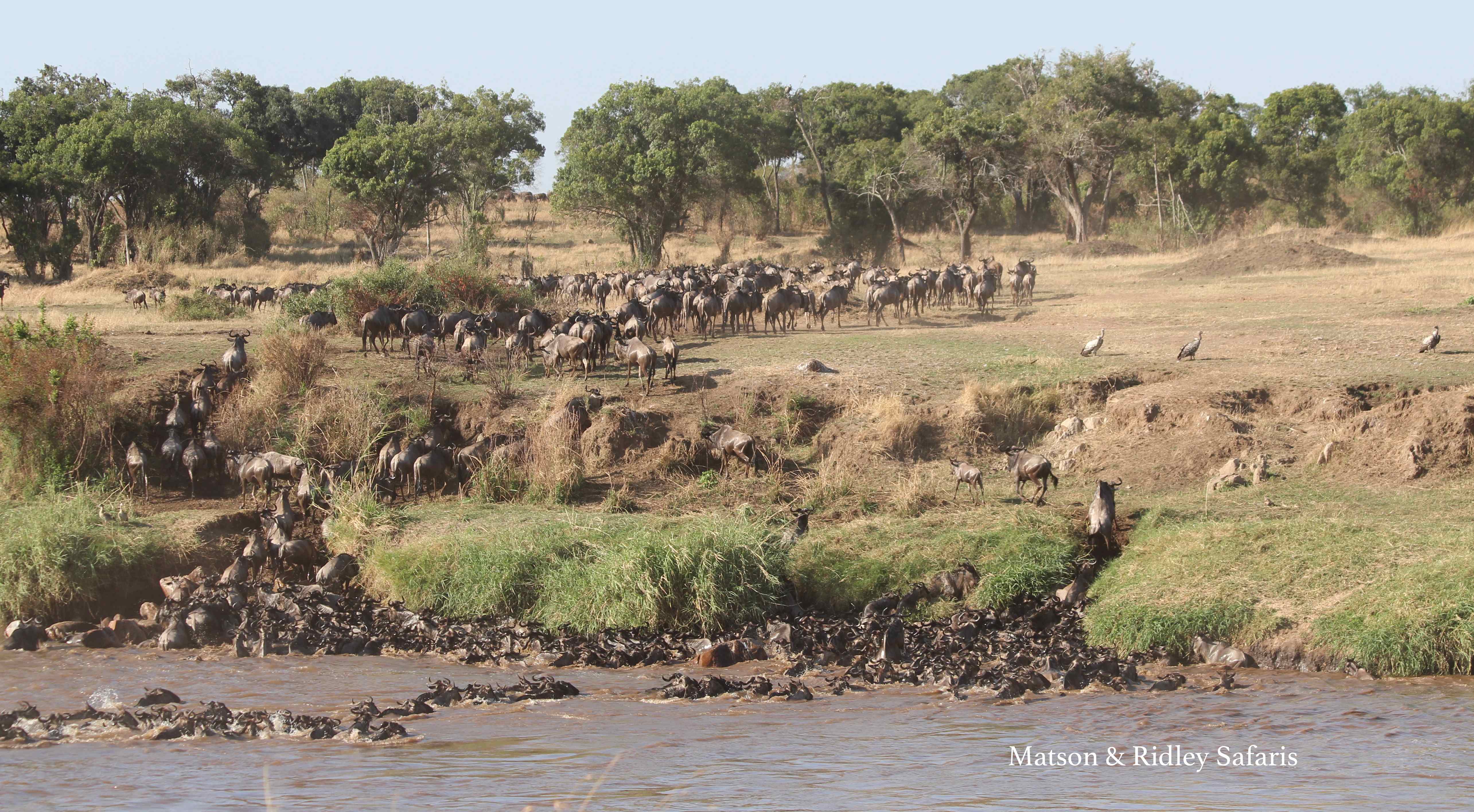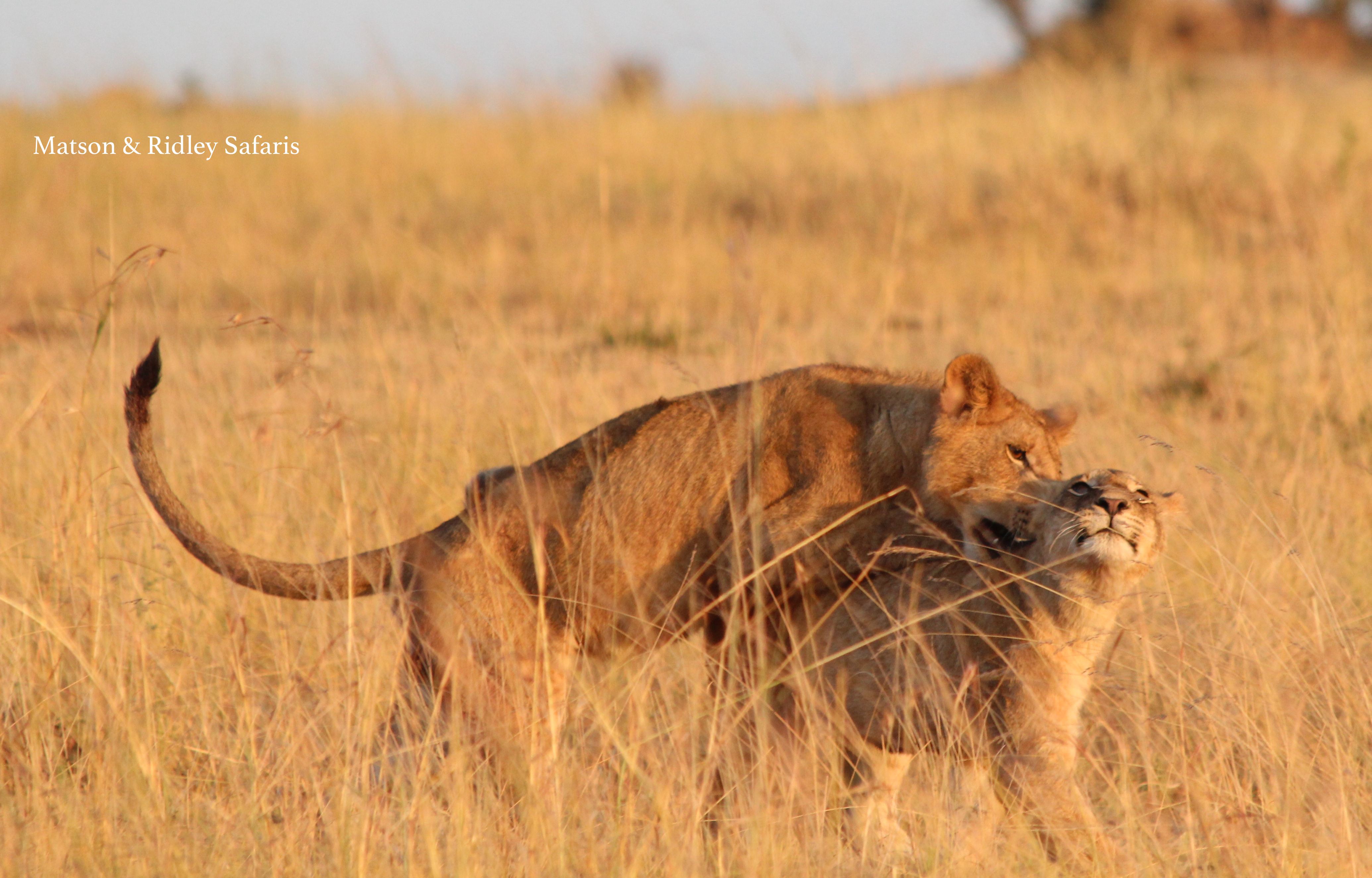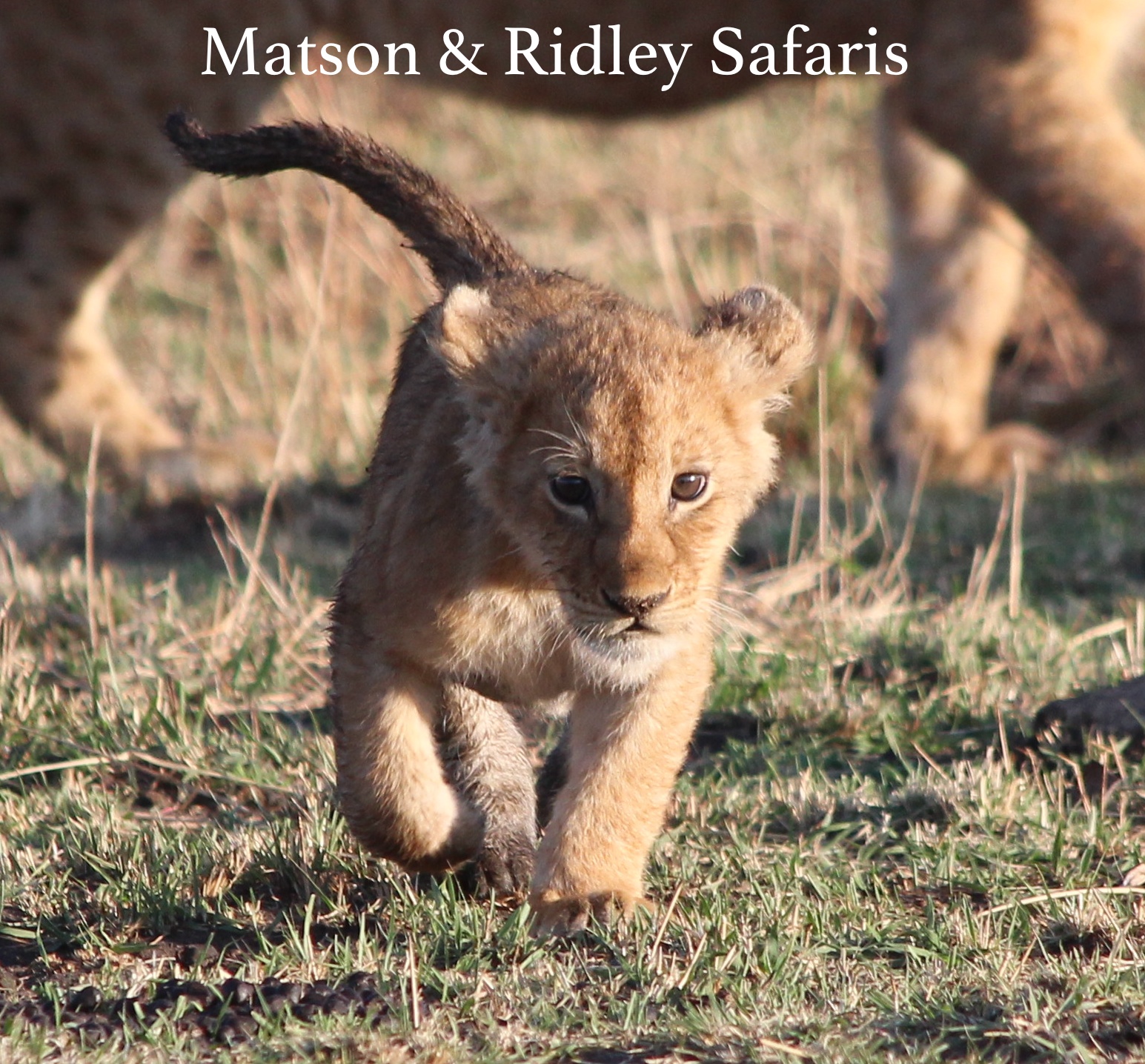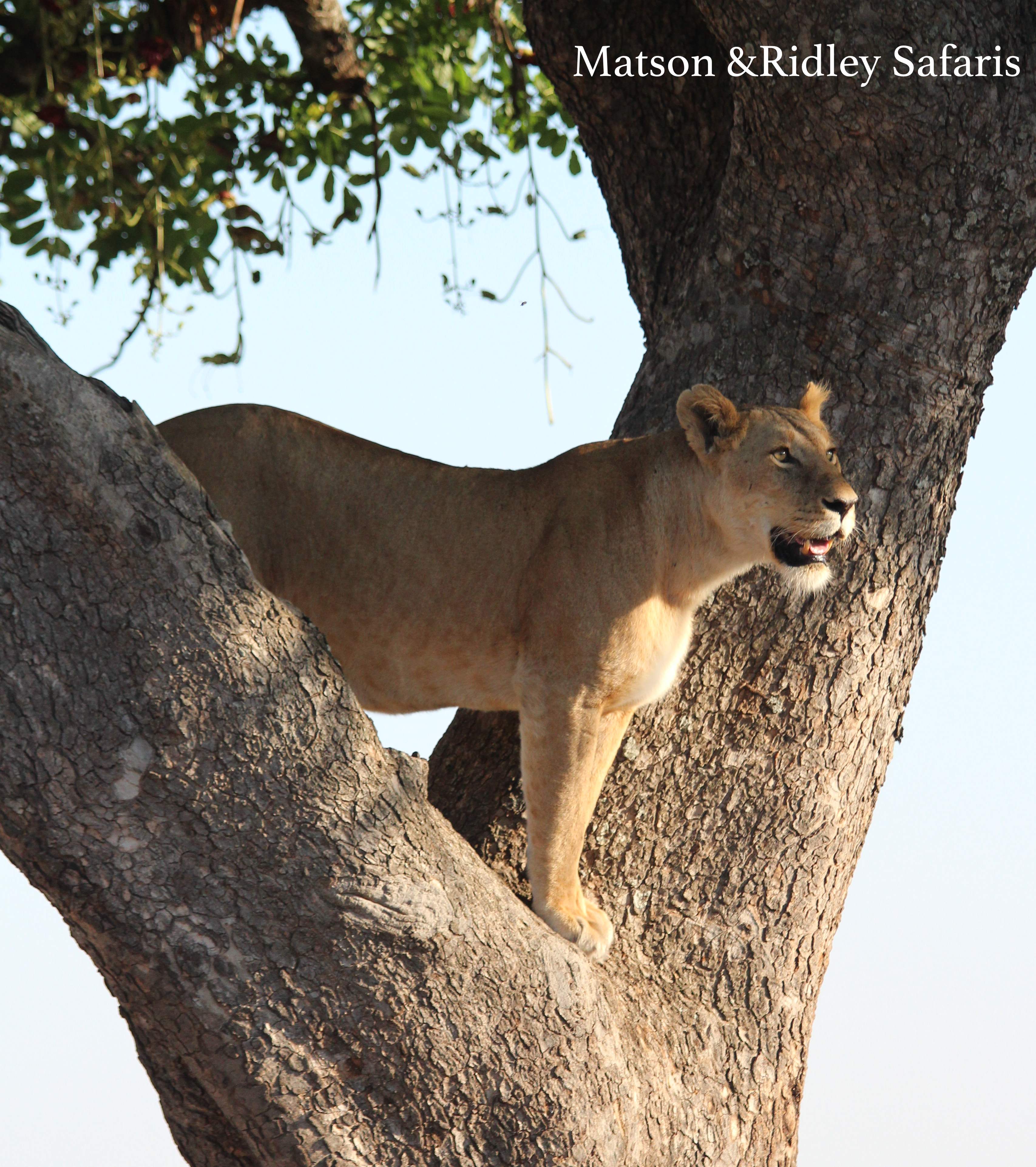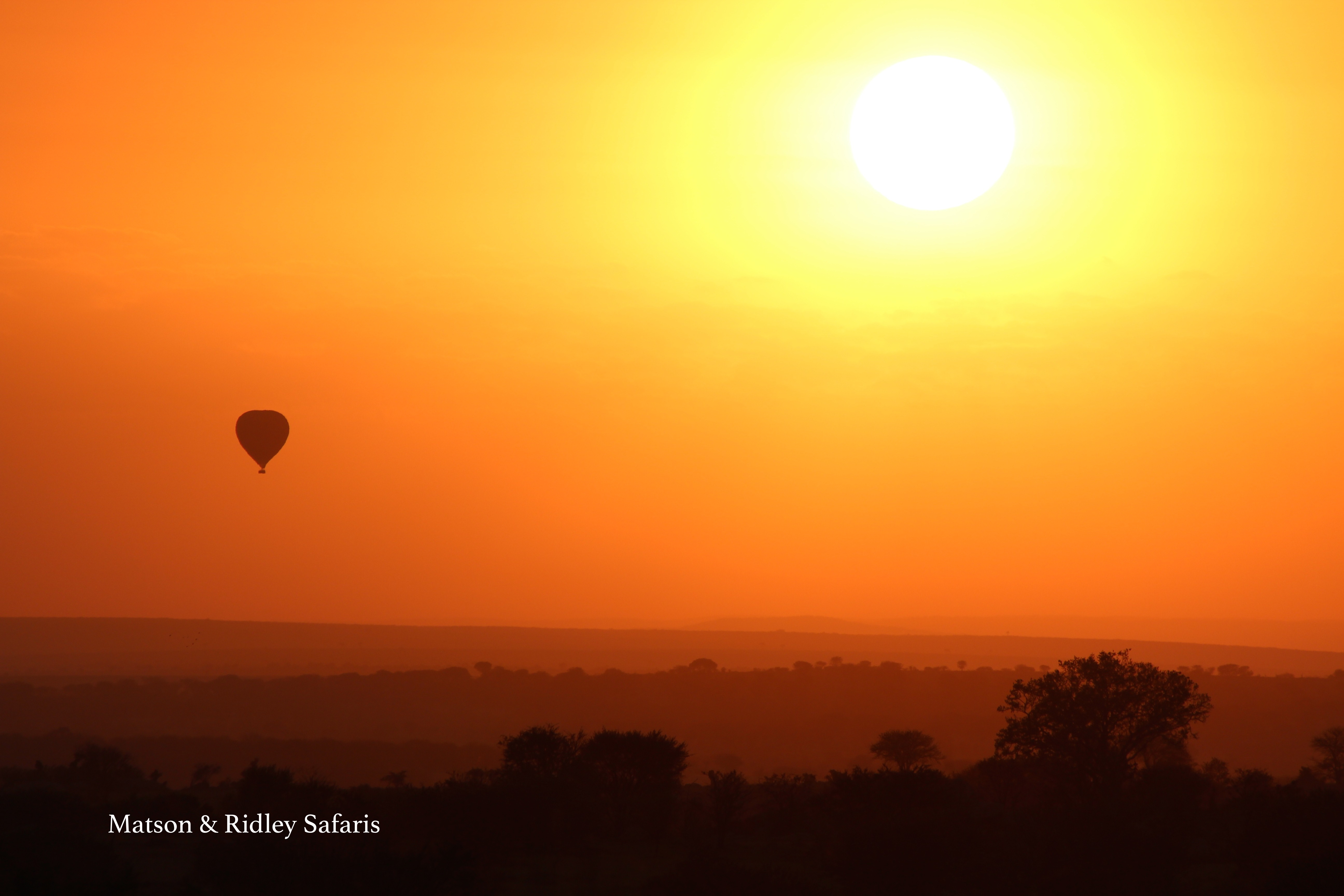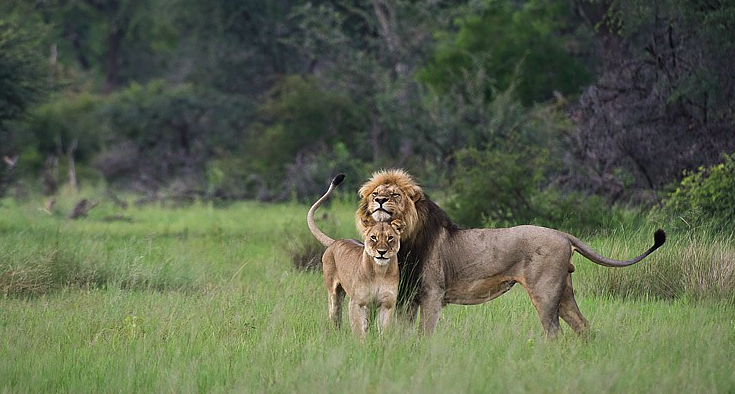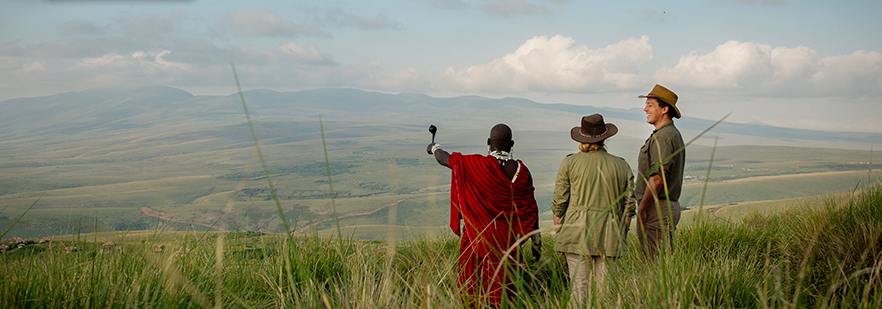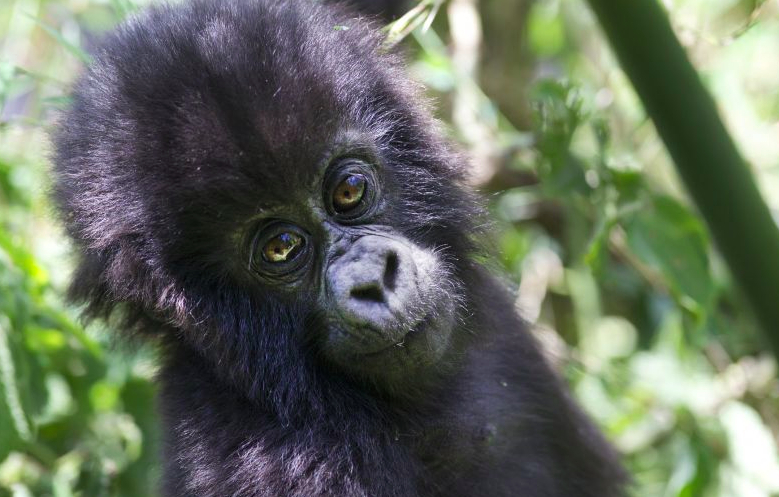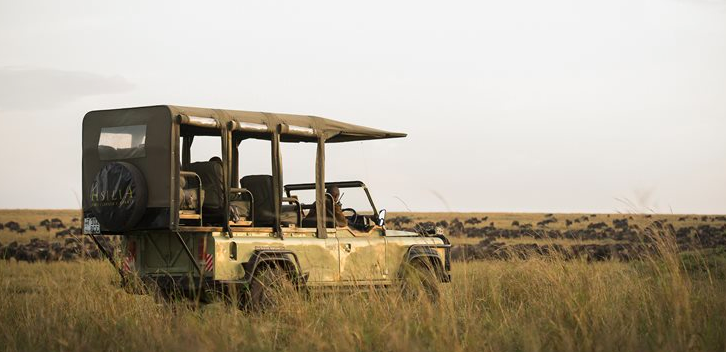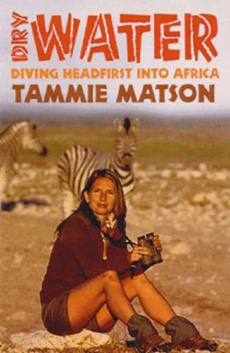Great Elephant Census Shows Massive Decline
It’s been 40 years since the last pan-African elephant census and so we conservationists have been playing a bit of a guessing game as to how Africa’s giants are really faring in terms of hard numbers. Just how bad were the declines and where are the problems greatest? That things were not looking good in the last ten years or so has been known for some time based on what information we do have from local censuses, but the great thing about the very ambitious Great Elephant Census project, led by elephant expert Dr Mike Chase and funded by Microsoft philanthropist Paul Allen, is that it’s given us a really comprehensive picture of what’s happening to African savannah elephants for the first time.
Read the full report here if you like. I’ve tried to summarise the main points below.
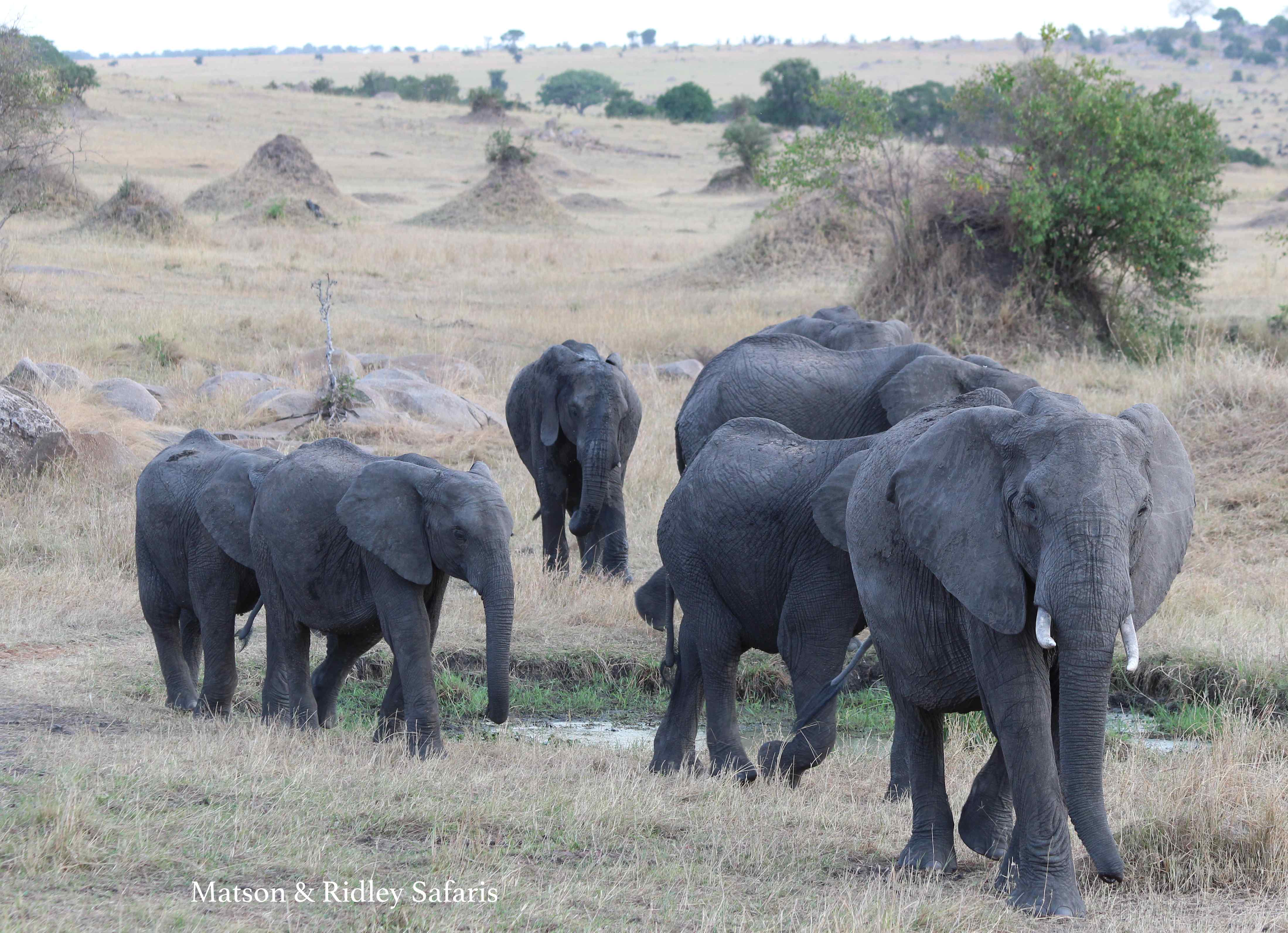
The elephant population of Tanzania has been hard hit by poaching, losing 60% in the last 5 years, but the population in Serengeti is doing better than parks elsewhere in the country which has declining populations.
The news is not good, even if not unexpected. African savannah elephant populations have declined by 30% between 2007 and 2014, equal to almost 145,000 elephants. A total of 352, 271 elephants were counted in the 18 countries surveyed, representing 93% of elephant range. This means that, when you factor in Namibia’s roughly 20,000 elephants that were not included, and consider the possible other 7%, there could be only around 400,000 savannah elephants left. That’s very much at the lower end of the bracket that we thought the population was. This figure doesn’t include the forest elephants of central and west Africa that are much more under threat and are still being counted. It’s much harder to get a hold on numbers in countries like the Congo and Central African Republic which have unstable political regimes. The rate of decline shown by the census is 8%, which is a very big worry and certainly unsustainable, given that the natural growth rate of elephants is about 5%.
I’m amazed that the IUCN still hasn’t listed forest elephants as a separate species to the savannah elephants of Africa, many years after the DNA studies showed this to be the case. These conservation cogs are turning far too slowly as separating the species would afford forest elephants better protection if they were officially recognised as Endangered. At the moment they are still lumped in with savannah elephants, classified as Vulnerable by the IUCN. A new study has just revealed that forest elephants breed more slowly than savannah elephants, with females starting to breed at the age of 23, compared to savannah elephant females at age 12-13. Forest elephant females have a calf an average of every 5-6 years, compared to every 3-4 years for savannah elephants. And the forest species are in some of the hardest hit poaching areas in central and western Africa. Surely it’s time to put some pressure on before these unique elephants are gone.
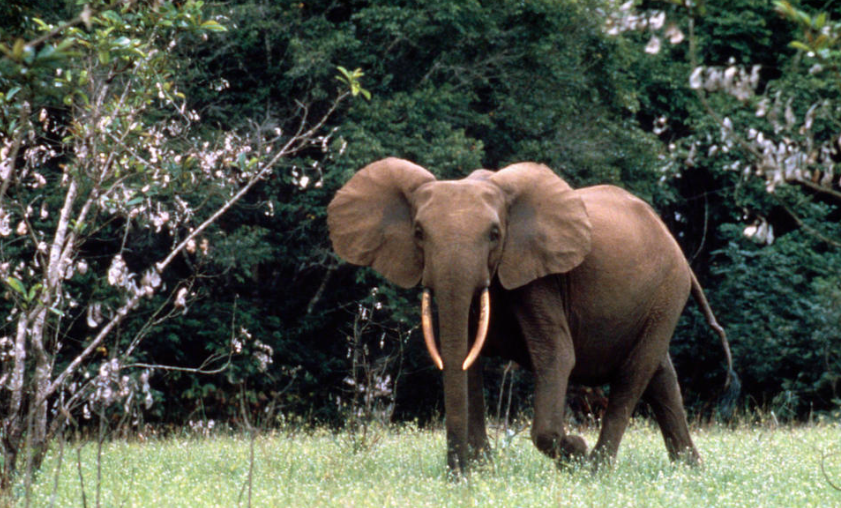
Forest elephants have yet to be recognised by the IUCN as a separate species, even though DNA studies show this to be the case. Photo: WWF
So what countries have been hardest hit and which ones are doing okay? The map below gives a fair idea. In red are the places were elephants are seriously declining and in green is where they are increasing.
This census has highlighted some areas that we didn’t know were under such serious threat, like the south-western corner of Zambia, where elephants have been almost obliterated right under our noses (95% according to the study), and right next to the prime tourism area of the Okavango Delta in Botswana. These elephants and those in the Congo and and northern Cameroon face imminent extinction. Absolutely shocking. The limited human activity (both tourists and researchers) in the Sioma Ngwezi National Park in south-west Zambia probably has a lot to do with the massive decline there. Central and west Africa remain major hot spots for poaching and haven’t been fully covered by the census to date (that information is still to come).
As for Tanzania, the Serengeti elephants are doing okay, but across the rest of the country elephants are in serious decline. Tanzania and Mozambique remain major hotspots for poaching, having both lost about half of their elephants to poachers in 5 years up to 2015. The census also revealed that poaching in Angola is very severe, a terrible shame as it was hoped that this country would provide a refuge for elephants coming across the border from neighbouring countries with large elephant populations as part of the KAZA Transfrontier Conservation Area.
In good news for elephants, look at the green areas where elephant populations are increasing, including Kafue National Park in Zambia, Kruger National Park in South Africa, Save Valley Conservancy and Gonarezhou NP in Zimbabwe, and parks in Uganda and Kenya. Increases were documented in populations of elephants in the conservation area spanning the west African countries of Benin, Niger and Burkina Faso as well, which is encouraging. Botswana still has the vast majority of elephants in Africa, with a stable population of about 130,000 elephants, followed by Zimbabwe with about 80,000 elephants.
So where does this leave elephants? Well the data is powerful and now it must lead to action to ensure populations that are stable or increasing continue to be built up, and those under major threat are protected as a matter of global urgency. Lend your support to organisations behind this cause like African Parks and Elephants Without Borders and also those leading the fight to stop the poaching on the ground with anti-poaching teams like the Big Life Foundation. Stopping the demand for ivory remains key to ensuring that elephants have a future. Get behind organisations like WildAid, a partner of our awareness campaign Let Elephants Be Elephants in Asia. This is going to be a joint effort so get on board!
Mind-blowing Tanzania
Names like Ngorongoro and Serengeti are world famous, and recently on a journey there with 9 lovely folks from Singapore, I got the chance to see why. The northern part of Tanzania is part of the Greater Mara-Serengeti ecosystem, so if you’ve been to the Maasai Mara in Kenya, that’s just over the border from where this safari took place.
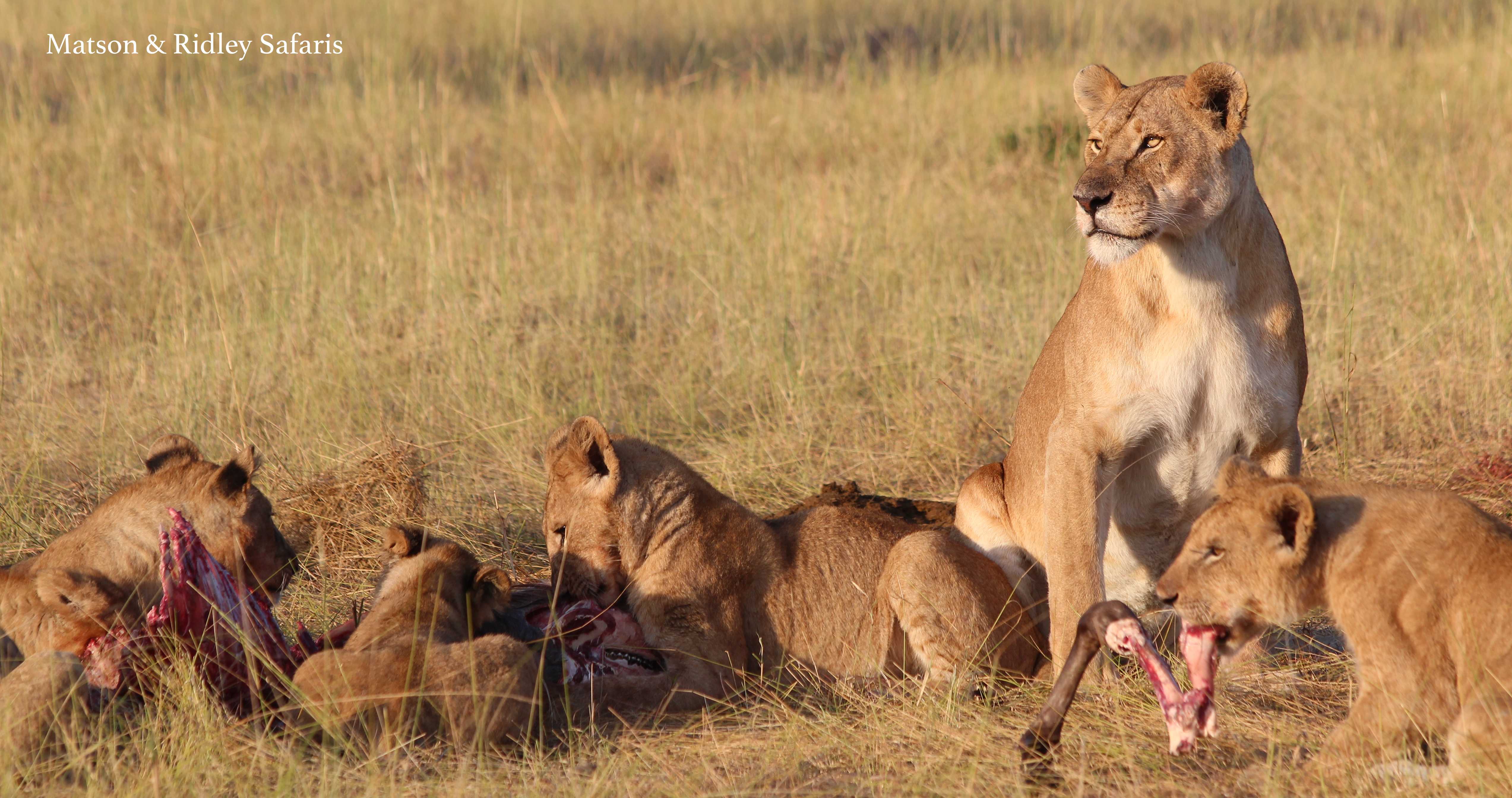
The lions in the Serengeti allow you to watch them at close range as they have been studied for many decades and are used to tourist vehicles
The Serengeti really does have to be seen to be believed. I think we did have unbelievably good luck to see a rare female black-rhino and calf in the scrub, but relatively out in the open, but when on the same afternoon, a young male leopard crawled out of his resting place up high in a tree at sunset and proceeded to walk in front of our open Land Cruiser, I just about fell out of the car. Leopards are always elusive and when you get to see one up close, it’s really something special. And this fellow was posing on a boulder like he was on Australia’s Got Talent!
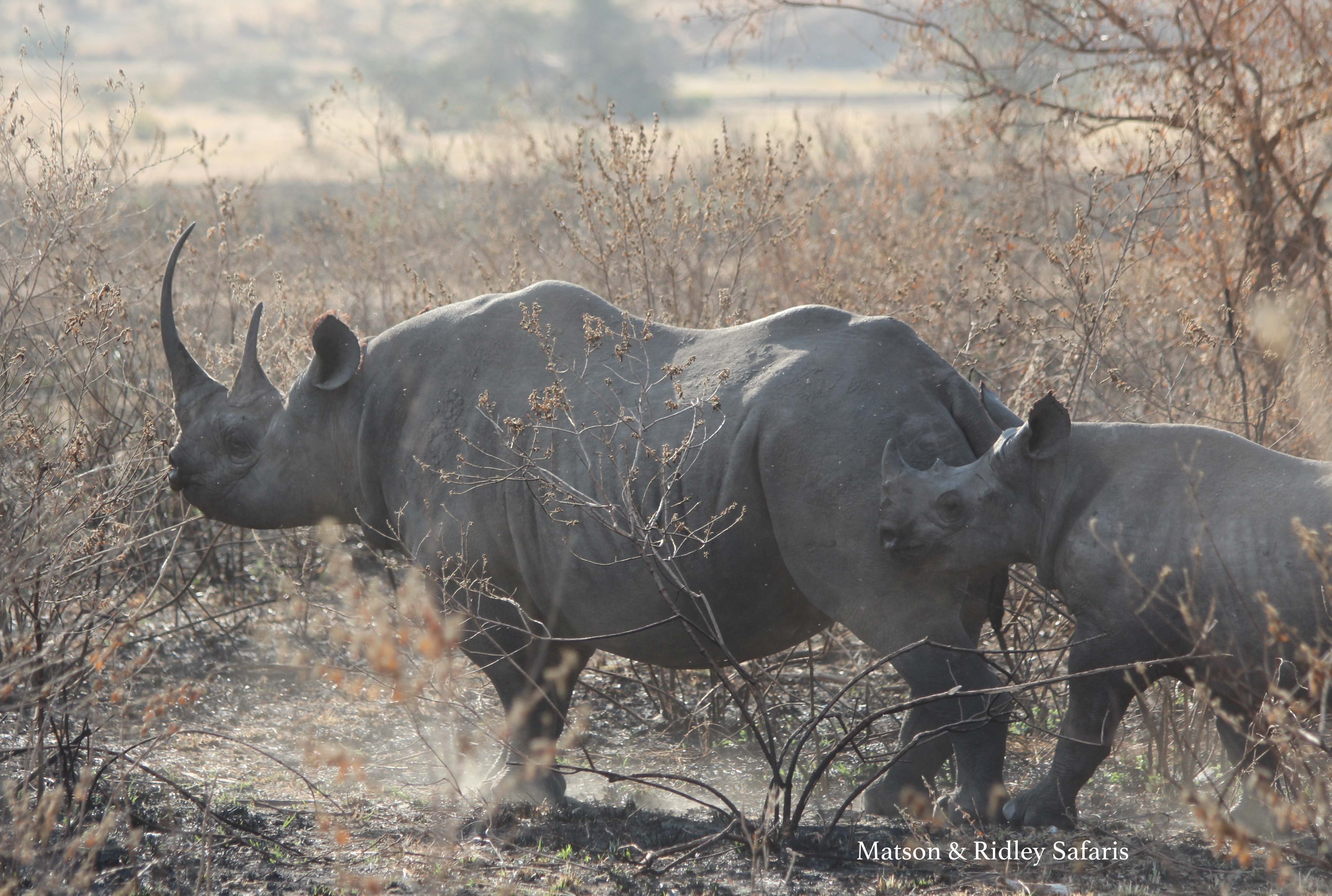
A very rare sight in the Serengeti as there are few rhinos in Tanzania – a mother black rhino and calf.
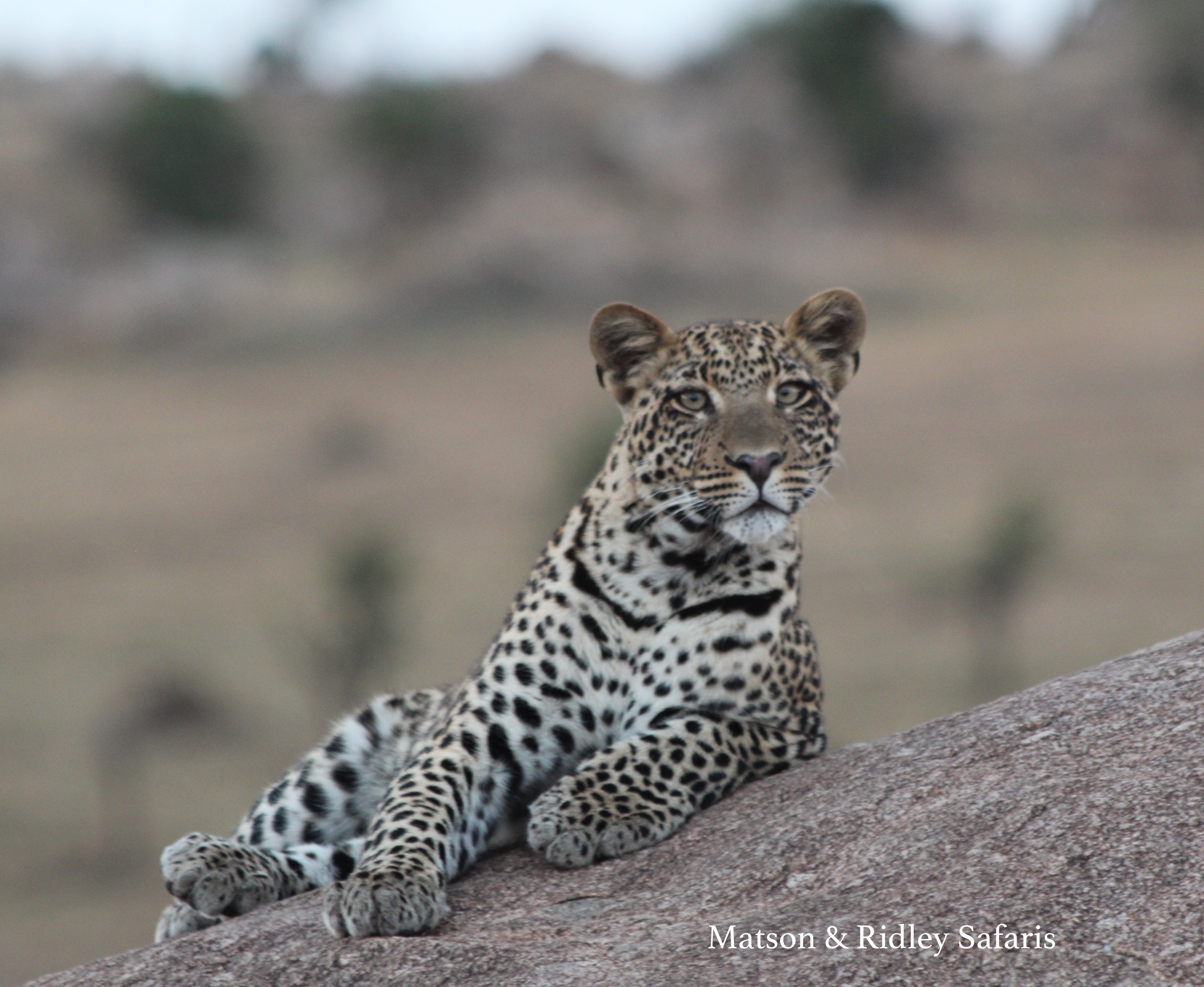
I think I’m going to have to blow this picture up and frame it…. I’ve spent so many years working in impala habitats where leopards live and rarely seen this elusive cat up close. Incredible!
But I’m jumping ahead. First we visited Ngorongoro, the famous conservation area, which is actually a huge volcanic caldera surrounded by mountains. It’s not a huge area to cross, and you can cover much of it in a day. The main feature of course is vast grasslands on which live thousands of white-bearded wildebeests and common zebras, along with both Grants and Thomsons gazelles, warthogs and Cape Buffaloes. Elephants live in the woodlands near the mountains, and move across the grasslands.
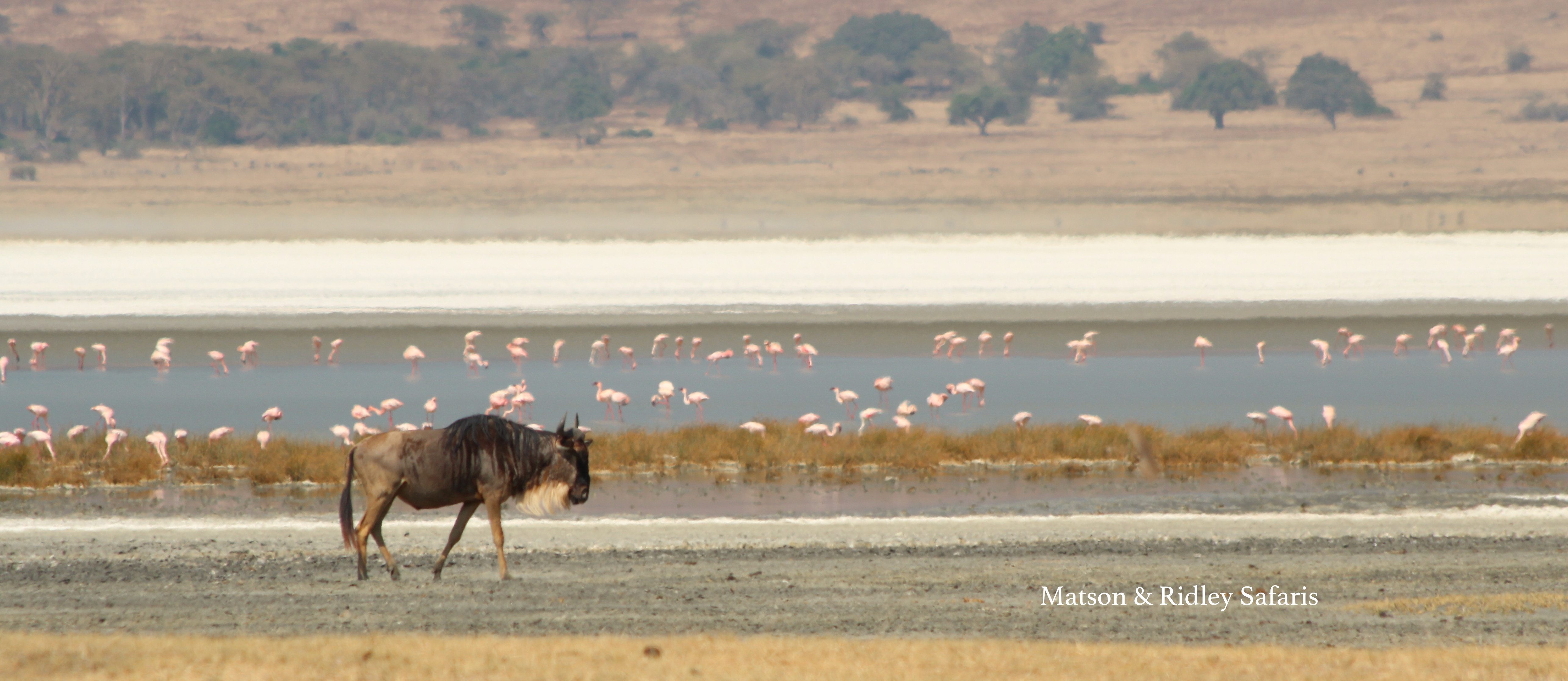
One of many many white-bearded wildebeest in the Ngorongoro Conservation Area walking past hundreds of flamingoes
Set against the backdrop of the white salt pan, which at the time of our visit contained hundreds of bright pink flamingoes, the sheer number of animals in every direction is just spectacular. This is a public park of course, so you have to expect lots of other vehicles when you find the lions mating (which we did – about 20 of them lined up to watch the very fleeting act of feline ooh-lala). But here we also saw something you don’t see very often, a spotted hyaena making a kill of a young wildebeest right in front of the vehicle!
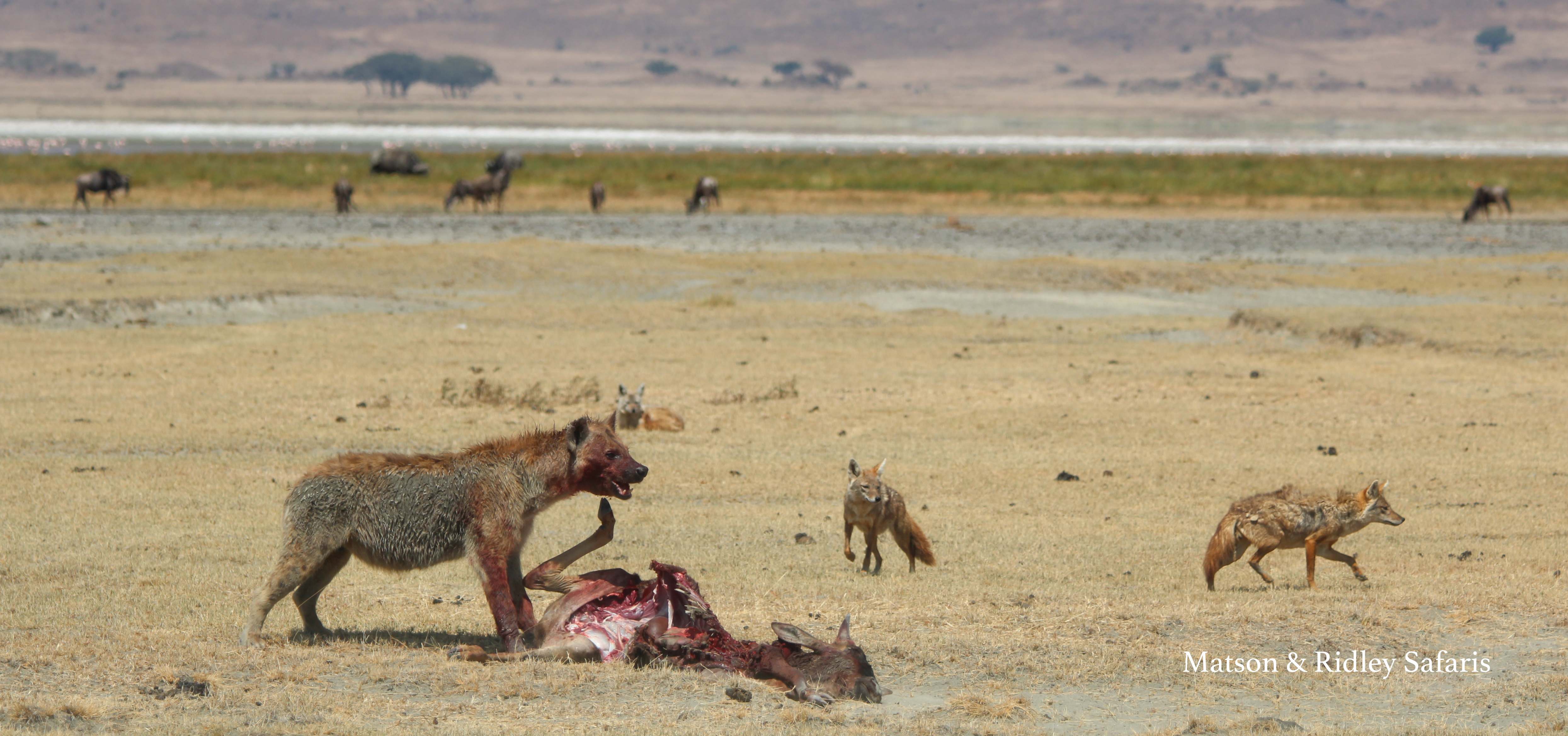
The wildebeest was almost totally devoured in 15 minutes as we watched, and 3 jackals tried to steal a morsel where they could
We stayed at the brand new Asilia Africa camp, The Highlands, which is 100% solar powered and has just been described by Forbes magazine as the coolest and most eco-friendly camp in Africa. I have to agree – it’s a beautiful camp and the rooms with their architecturally designed shapes and inside fire places are just gorgeous. The view of the surrounding mountains is spectacular. This camp is an alternative to the main lodges at Ngorongoro that offers privacy and something a little bit different, and best of all, it’s a community partnership with the local Maasai, so every night you stay gives back directly to the local people.
It’s a wonderful experience to visit the local Maasai village while you’re staying there (a truly authentic experience, away from the main tourist throngs). A warning though, it is very cold at The Highlands in winter so you really do need to bring your winter woollies! Also at 7500 feet, most people do feel some effects from the altitude (most commonly being a bit short of breath when walking).
Next it was onto the Serengeti and a 3 night stay at Asilia’s gorgeous Sayari Camp. For me and my group this was the highlight. On our first afternoon it was the rhinos and the leopard. The next day it was what we had come there to see, the Great Migration, and in particular the crossings of the wildebeest over the Mara River. We were not disappointed. The photos don’t do it justice. It was drama, tension and adrenaline. I swore out loud on more than one occasion as a young wildebeest drifted down river past the bloated corpses of dozens of wildebeest that didn’t make it, while vultures and marabou storks pierced their stinking bodies with sharp beaks. It took some time before the wildebeest decided to actually cross, as if they knew the danger involved, and more than once we watched them turn back, and then return to the river, in what seemed to me a game of follow the leader, even though it was never clear who was in charge of that decision. When they finally did cross, those who made it had to scramble up the steep bank on the other side, over the bodies of many wildebeest that had already perished or become paralysed. If the crocodiles were there, they were nowhere to be seen, clearly satiated and feeling far too full to eat another wildebeest (we all know that feeling after Christmas dinner). Everyone in my group was mesmerised and I think also a little overwhelmed by all the casualties. Everyone cheered each time a young wildebeest made it out of the river. You can’t help getting caught up in it all.
The days that followed brought more and more animals – elephants, lions in huge prides (these are the best studied lions in Africa), impalas, topi, hippos, cheetahs…. By night, the noises of animals wandering through camp made it disappointing to fall asleep – hyaenas, zebras, hippos and wildebeest sounds all rang out through the evening. By the last day of the safari, my group all said they couldn’t ask for more. One decided to sit by the pool, and let me tell you, that doesn’t happen often in a week long safari! Usually there is just one more thing you want to see…. And of course there is always more to see because Africa always surprises you, just when you think you’ve seen it all. On our last morning, a few of us who went out got to see two gorgeous little lion cubs, part of a pride of 24, and then a lioness scaled a tree, something I’ve heard about that happens in this part of the world but had never seen. Usually lions don’t climb trees, but some of the lions in Tanzania have developed this habit.
I can’t wait to go back to Tanzania again. It was simply out of this world. If you’d like to join me on my safari there next August, I have only got 2 places left. Get in touch now if you want to experience this once in a lifetime journey!

The elephant population of Tanzania has been hard hit by poaching, losing 60% in the last 5 years, but the population in Serengeti is doing better than parks in the south.
More details on my safari to Tanzania are available here. Please note that my Rwanda journey for 2017, trekking with mountain gorillas is now sold out as these book out over a year in advance, but I still have one room available for 2 people sharing for Tanzania.
Last spots on my 2016 & 2017 safaris!
My 2016 and 2017 safaris are filling up fast! But it’s not too late to grab a last minute place if you get in quick.
ZIMBABWE 2016 – ONLY ONE ROOM LEFT!
I have one room left for my northern Zimbabwe journey from 23-30 September this year. That means two people sharing, so grab a friend and come along! This is the last room left for my safaris this year! I absolutely love this part of Zimbabwe and the people. We’ll be visiting Mana Pools, Hwange National Park and the legendary Victoria Falls, staying in private exclusive concessions to ensure the experience is second to none. I’ll be arranging local experts to talk to us about research and conservation work being done in these areas, and you’ll come home with a unique insight into this magnificent country. Zim to me is all about being among friendly people, big rivers and lots and lots of wildlife. Read more about the safari here. Contact me for the full itinerary. Maximum of 9 people on this trip. If you’ve been deliberating don’t wait any longer to sign up!
RWANDA & TANZANIA 2017 – ONE ROOM LEFT!
I have only 2 spots left for both my gorilla trekking adventure in Rwanda and the following safari into the magnificent Serengeti in Tanzania left for two very lucky people! I am doing these two safaris back to back from 7 August 2017, first 5 nights in Rwanda, then 6 nights in Tanzania. Read more here. We are staying at the best camps in the best private areas, showcasing the wildebeest migration at the best time of year! I’ve hand picked all my camps as always to ensure we have an outstanding experience but also to make the maximum contribution back to local communities and conservation. My Rwanda safari will have a maximum of 8 people, and Tanzania up to 9. If you’ve ever dreamed of trekking with gorillas or experiencing the Serengeti, here’s your chance to do it with a small group of wildlife-loving people and your own personal zoologist!
Where do YOU want to go on safari next? Leave a comment here with your dream destinations in Africa and let’s see if we can make a group trip happen!
Confirm your place – Rwanda & Tanzania 2017!
I posted an article on my Facebook page from National Geographic last week about young gorillas seen dismantling poachers’ snares for the first time. It suggests that the youngsters knew how dangerous the traps were and researchers said they may have done it before, given how quickly they dismantled it. For a critically endangered species with less than 900 left in the wild, this is a good sign because with such low numbers we really can’t afford to lose any wild gorillas, especially the next generation.
Their numbers remain low, but responsible tourism has been key to the fact that gorilla populations are now increasing in the wild. Tourism now accounts for almost 8% of Rwanda’s GDP and this gives the government and the local people real incentives to keep the mountain gorillas that sit at the heart of the country’s tourism alive. Read more about how responsible tourism is key to the survival of mountain gorillas here.
August 2017 may seem like a long way off but that gives you an idea of the popularity of the highly awarded safari camps I’ll be taking two groups to to trek with mountain gorillas in Rwanda’s Volcano mountains followed by a week at Ngorogoro crater and the Serengeti in Tanzania. We have to book this far ahead to secure space. I’ve had a lot of interest already in both trips and I’ll be taking a maximum of 10 people on each. I’ve personally hand picked every element of both safaris – they’re going to be amazing!
Anyone who’s been on one of my group safaris knows how intimate these adventures are. I keep the groups small because I like to get to know people and I find that a small group size also enables firm friendships among like minds to be made. These are wild, adventurous, spiritual experiences that will change your life while benefiting local people and wildlife – not your run of the mill safari! So if you’d like to confirm your place, please get in touch with me now to pay your deposit and make sure you don’t miss out! I already have more interest than I have places, so the sooner you confirm your place the better.
Read all about my 2 group safaris in Rwanda and Tanzania by clicking here. Contact me for a full itinerary with all the inclusions (as with all my safaris, almost everything is included in the price other than your international flight).
There’s more information on all the safaris we offer at Matson & Ridley Safaris on our new website so click here to learn more. I also have one spot left for a single woman on my Namibian Skeleton Coast safari in May this year and 3 spots left for a couple and a single woman on my Zimbabwean safari in September this year.
Hope to see you on safari soon!

